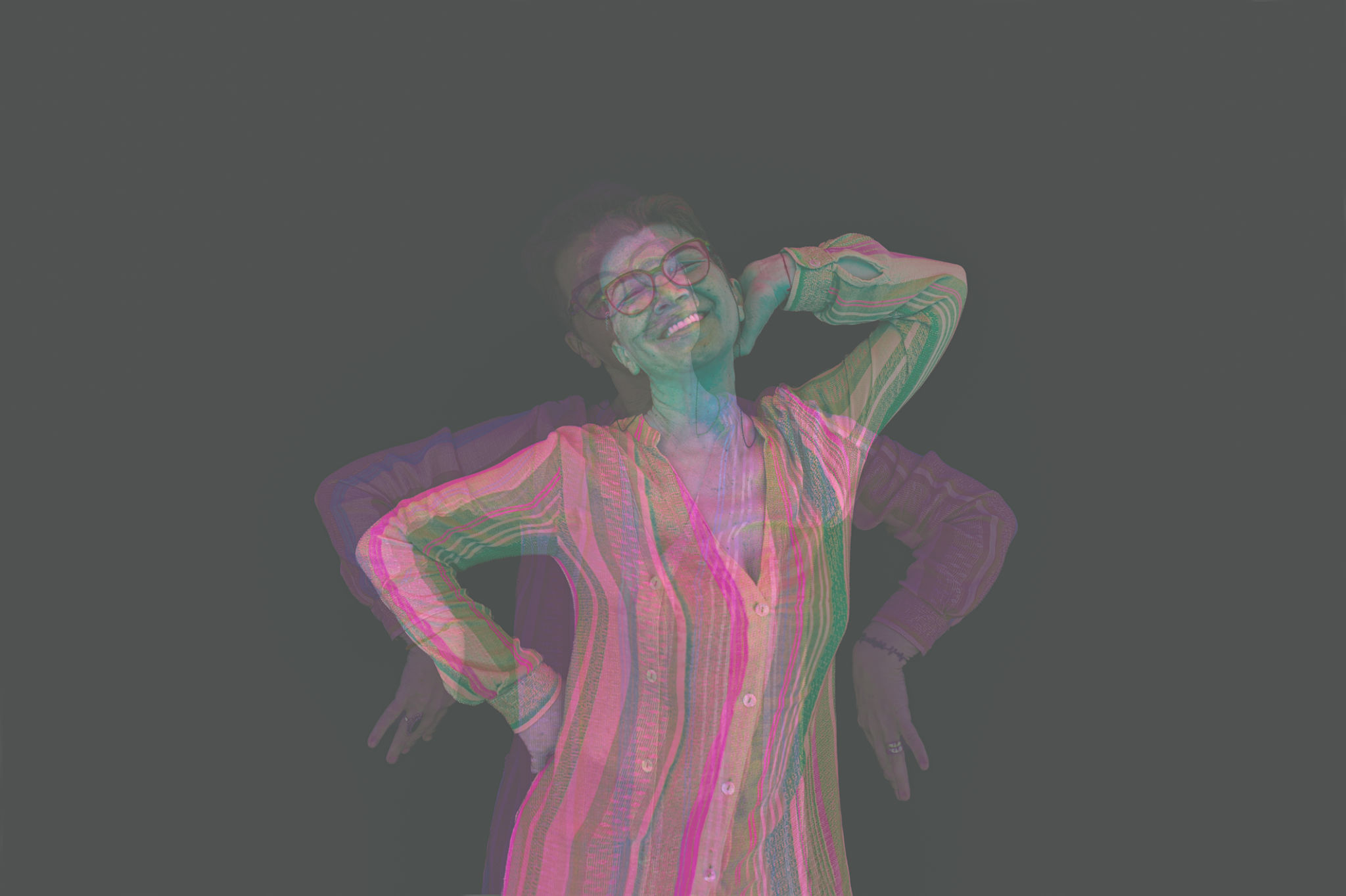The Role of Augmented Reality in Modern 3D Design
Introduction to Augmented Reality in 3D Design
In recent years, the integration of augmented reality (AR) into various industries has revolutionized how we interact with our environment. In the realm of 3D design, AR is playing a transformative role, offering designers new tools and possibilities to visualize and manipulate their creations in real-time. This technology is bridging the gap between the digital and physical worlds, enabling more immersive and interactive design experiences.
The use of AR in 3D design allows creators to overlay digital elements onto the real world, providing a unique perspective that enhances creativity and precision. By leveraging AR, designers can visualize their projects in a real-world context, leading to more informed decision-making and innovative outcomes.

Enhancing Visualization and Collaboration
One of the most significant benefits of incorporating AR into 3D design is enhanced visualization. Designers can project their models into physical spaces, allowing them to assess scale, proportion, and aesthetics more accurately than ever before. This capability is invaluable for industries such as architecture, interior design, and product development.
Moreover, AR facilitates better collaboration among teams. By using AR, team members can view and interact with 3D models simultaneously, regardless of their physical location. This capability not only saves time but also ensures that everyone has a clear understanding of the project's progress and goals.

Improving User Experience and Engagement
AR also plays a crucial role in enhancing user experience and engagement. For clients and stakeholders, being able to see a project in its intended environment offers a more tangible understanding of the design's impact. This interactive approach can lead to more effective feedback and ultimately, more satisfying results.
For consumers, AR can transform how they engage with products before making purchasing decisions. By experiencing a product in their own space through AR applications, consumers gain a better understanding of its features and benefits, leading to increased confidence in their choices.

Streamlining the Design Process
Integrating AR into the design process can streamline workflows by reducing the need for physical prototypes. Designers can iterate quickly by testing different versions of their models digitally before committing to physical production. This approach not only saves resources but also speeds up the development timeline.
Furthermore, by visualizing potential issues in a virtual environment before they manifest in the real world, designers can address problems early in the process, reducing costly revisions and enhancing efficiency.
The Future of AR in 3D Design
As AR technology continues to evolve, its role in 3D design is expected to expand further. We can anticipate more sophisticated applications that offer even greater levels of interactivity and realism. The integration of artificial intelligence with AR may lead to smarter design tools that can adapt to user preferences and provide suggestions based on data-driven insights.
In conclusion, augmented reality is revolutionizing the field of 3D design by offering unprecedented opportunities for visualization, collaboration, and user engagement. As this technology continues to develop, its impact on design processes and outcomes will undoubtedly grow, paving the way for even more innovative and efficient design solutions.